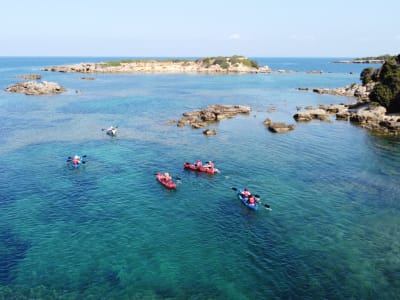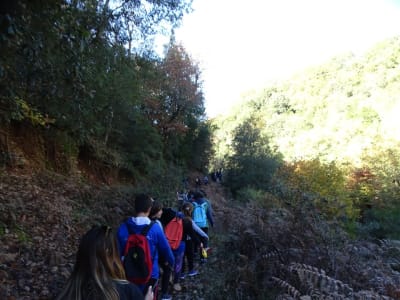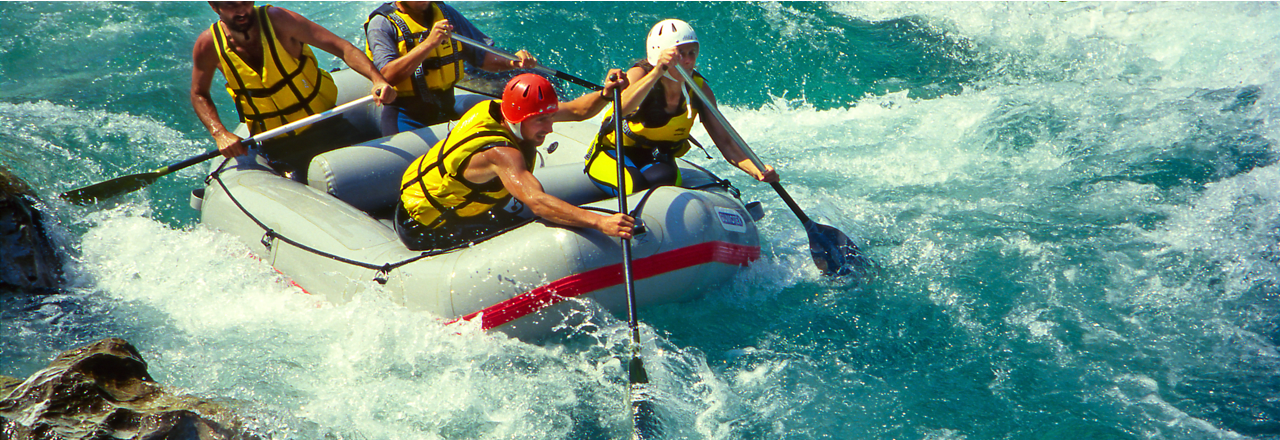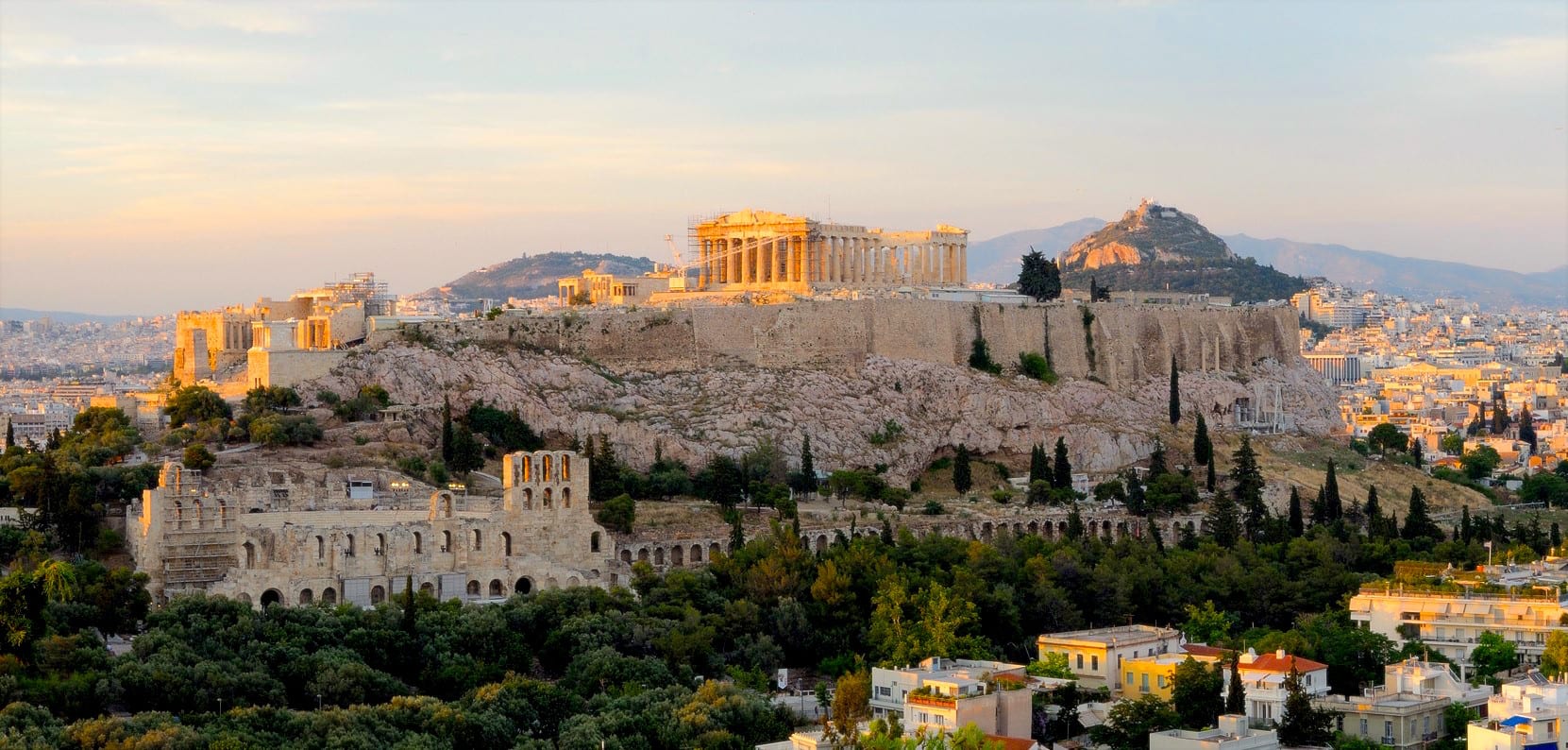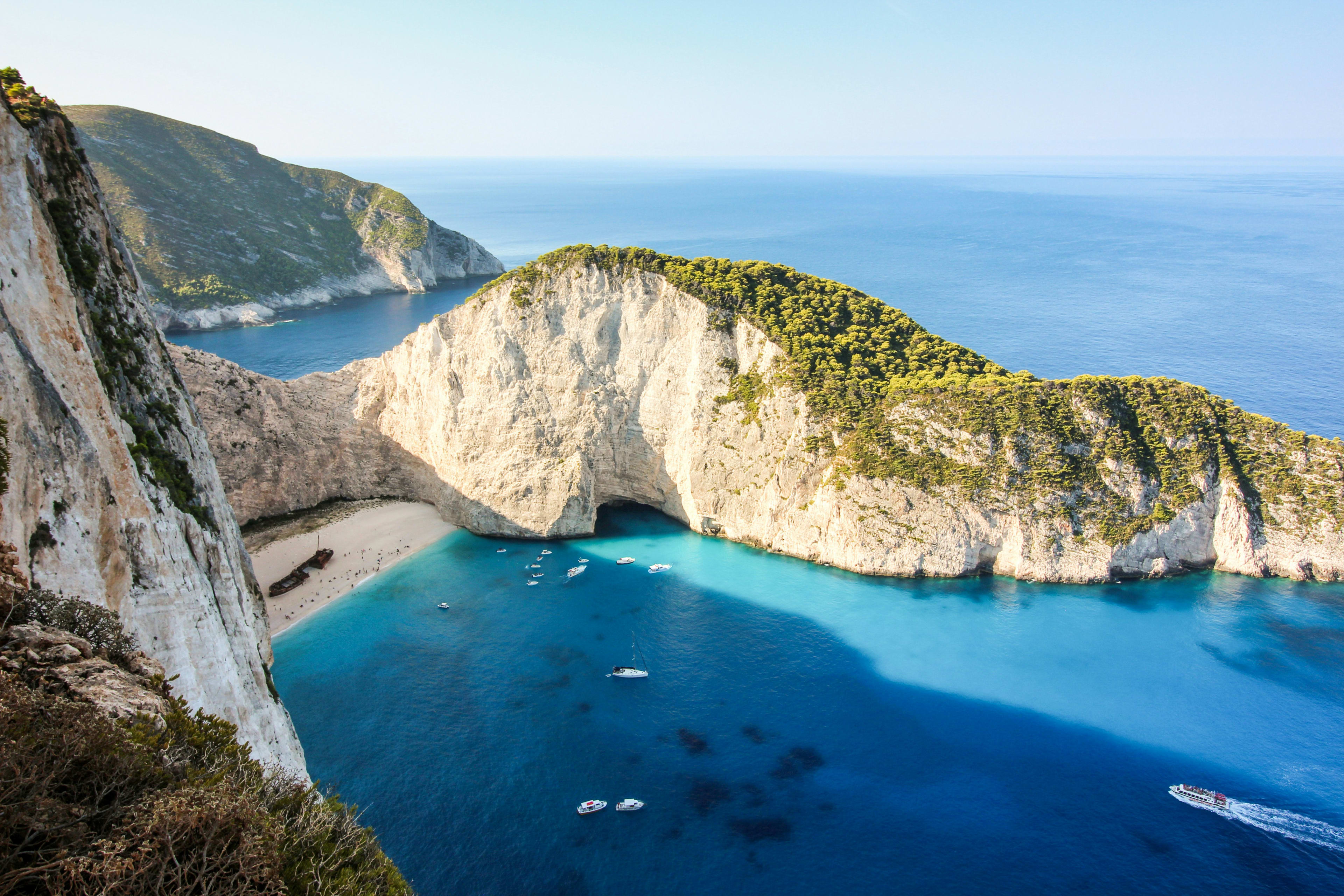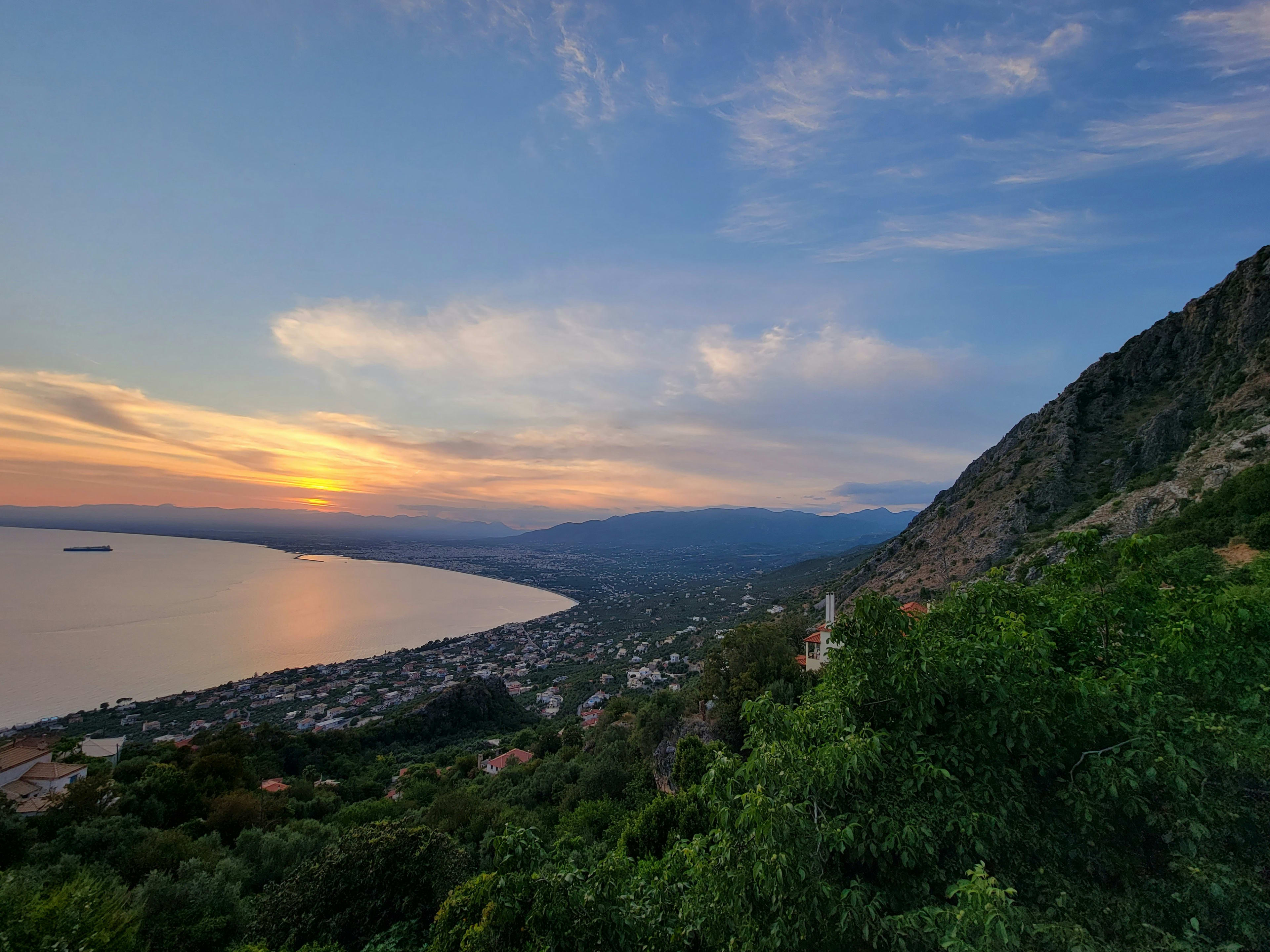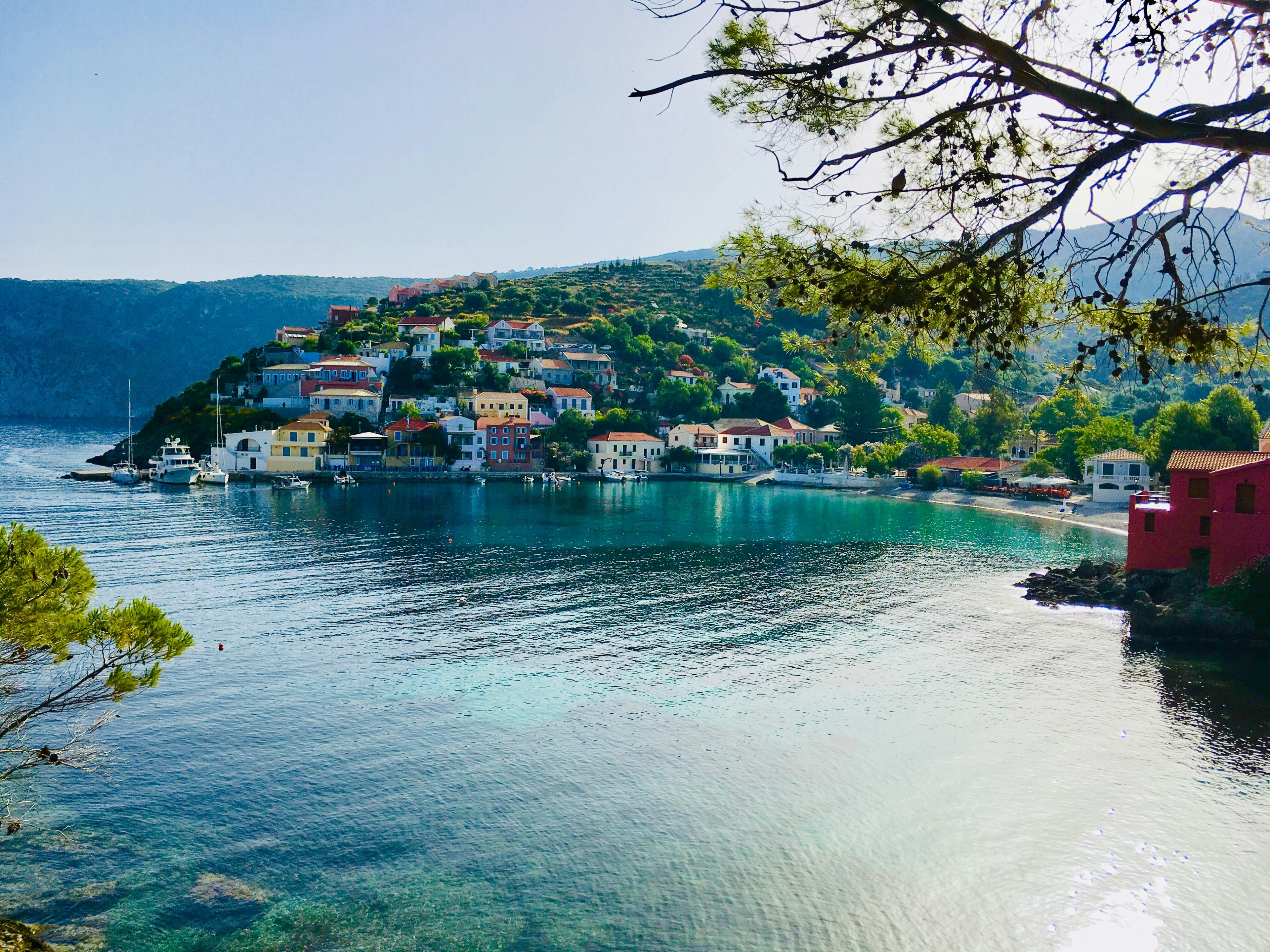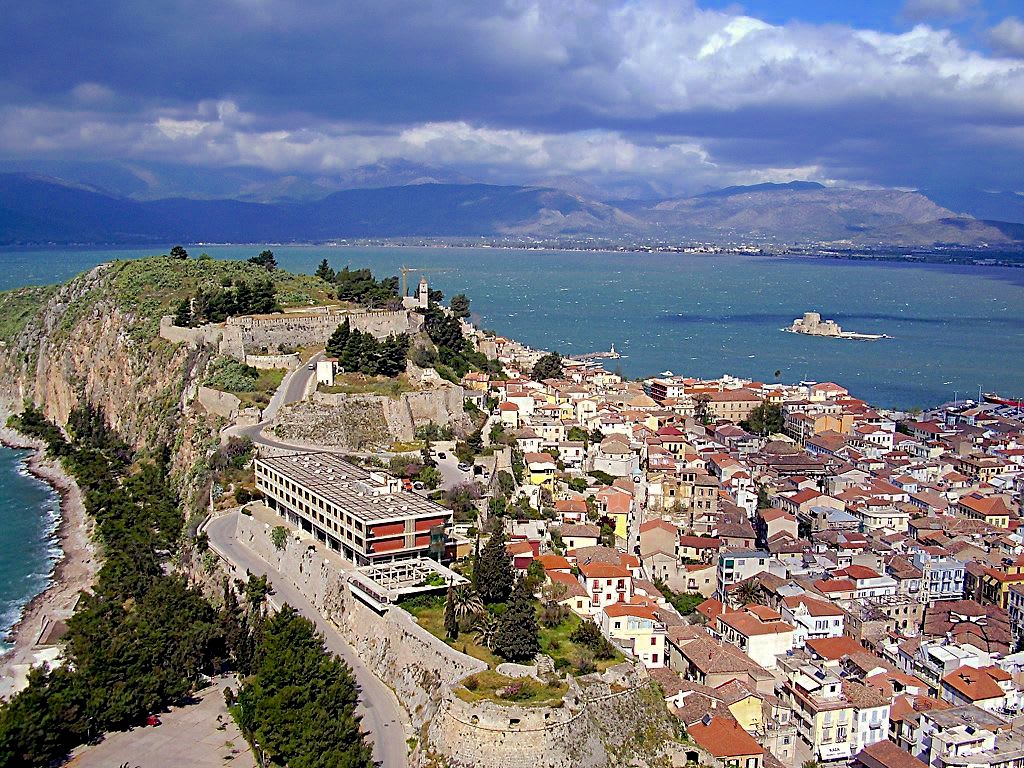
What to do in Olympia
3 activities available
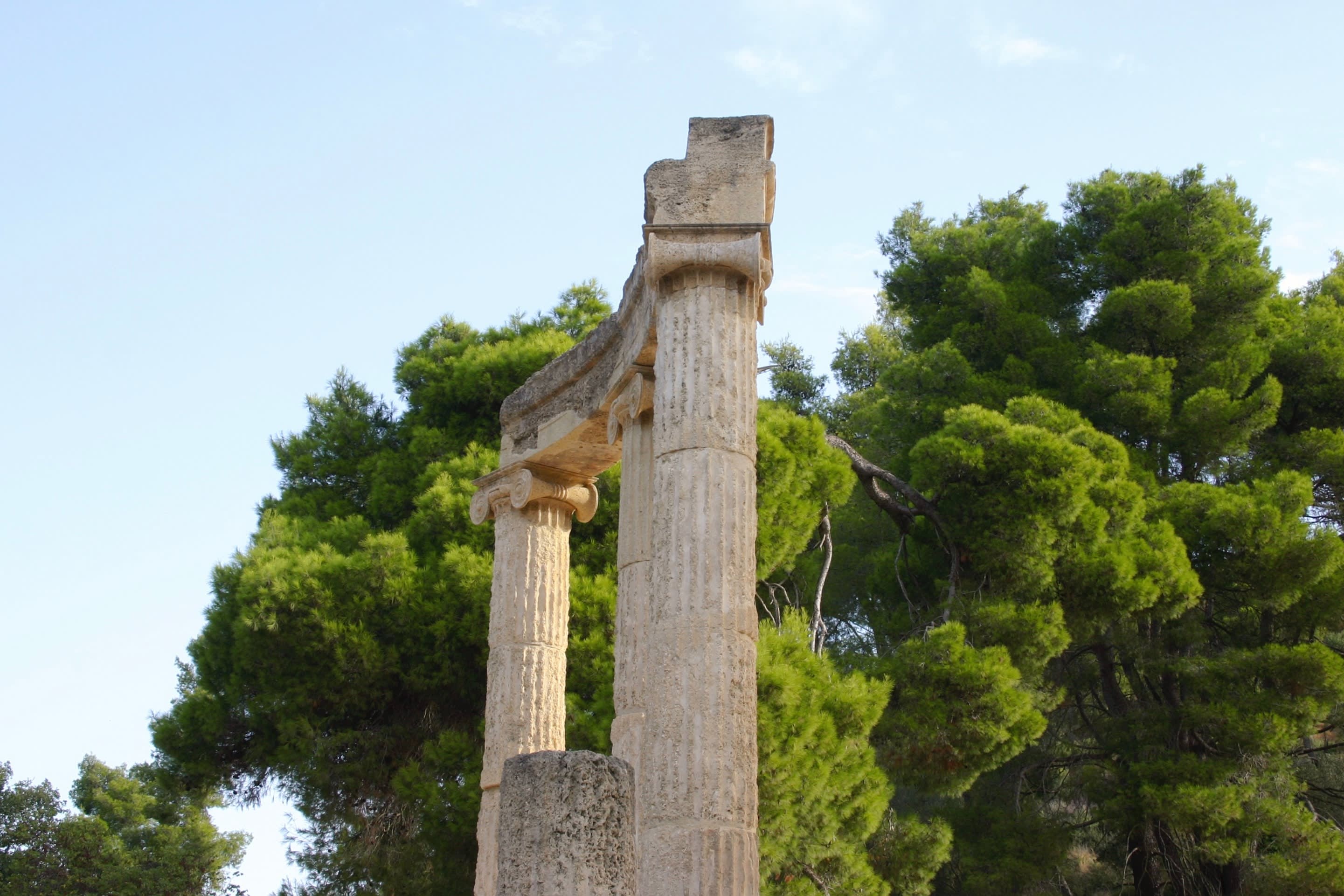
Olympia: What to do when you get there?
Olympia, officially Archaia Olympia (Modern Greek: Αρχαία Ολυμπία; Ancient Greek: Ἀρχαίὰ Ὀλυμπία; "Ancient Olympia"), is a small town in Elis on the Peloponnese peninsula in Greece, famous for the nearby archaeological site of the same name. This site was a major Panhellenic religious sanctuary of ancient Greece, where the ancient Olympic Games were held every four years throughout Classical antiquity, from the 8th century BC to the 4th century AD. They were restored on a global basis in 1894 in honor of the ideal of peaceful international contention for excellence.
The sacred precinct, named the Altis, was primarily dedicated to Zeus, although other gods were worshipped there. The games conducted in his name drew visitors from all over the Greek world as one of a group of such "Panhellenic" centres, which helped to build the identity of the ancient Greeks as a nation. Despite the name, it is nowhere near Mount Olympus in northern Greece, where the Twelve Olympians, the major deities of Ancient Greek religion, were believed to live.
Ancient history records that Pisa and Elis, other villages in the region, contended with Olympia for management of the precinct and that Olympia won, implying that the village was not identical to the precinct. The putative location of the ancient village is the modern village, which appears to have been inhabited continuously since ancient times.
The archaeological site held over 750 significant buildings, and ruins of many of these survive. Of special interest to Greeks of all times is the Pelopion, the tomb of the quasi-mythical king, ancestor of the Atreids, the two kings who led their domains to war against Troy. The Peloponnesus is named for Pelops. The tomb suggests that he may not have been entirely mythical.
Another location that has a special interest in both ancient and moderns is the stadium. It is basically a field with start and end lines marked off by transverse curbing. The athletes entered under an archway of a vaulted corridor at the start. Spectators sat mainly on the field's sloping flanks. The length of this field became the standard stadion, an ancient Greek unit of distance, which appears in all the geographers. The stadium has been resurrected for Olympic use with no intentional alteration of the ancient topography. Transient stands are easily thrown up and removed.
The village services the adjacent archaeological site to the southeast. The Kladeos River forms the site's western border. Visitors walk over the bridge to find themselves in front of the main gate. Full visitation is an extensive walking event. Some excavation is in progress there frequently. Moveable artifacts for the most part have found a home in one of the site's three museums.
Olympia: All our activities

